
The Best Ways to Improve Your Workouts
You never have to endure a bad workout again. Inject these 25 tips into your daily routine to start supercharging your gym sessions.
In some distant, parallel universe, the laws of responsibility are reversed. Work is something you do in your spare time. Working out, on the other hand, is an essential life task – something to which you devote countless hours to survive in society. In this bold, fitness-driven world, your benefits include being strong, looking fantastic and feeling even better. Life is good.
Reality check. No matter how much daydreaming you do, that alternate setting doesn’t exist – unless your name is Jay, Ronnie or Victor, that is. In this time and place, working out plays second fiddle to a number of obligations. And since your time is valuable, you can’t waste one second on a bad workout – hell, the good ones are tough enough to plan for.
Strained reps, poor energy levels, incomplete sets, longer-than-desired workouts and shoddy results can leave you feeling like your time in the gym is all for naught. But there are things you can do before and after you head to the gym to ensure supercharged workouts today, tomorrow and beyond – tips that can improve your efficiency, strength, even your time spent with the iron. If you’re going to schedule your day around the gym, make sure you head in there well-rested, your strength tank topped off, your playlist ready to go and the following pointers in tow. The result? A stronger, fitter body. Now that’s a reality worth reaching for. Incorporate as many of these tips as possible to start maximizing the benefits of your gym time.
Your workout doesn’t start when you walk into the gym – it begins when you wake up in the morning and continues throughout the day. Preparations go beyond just packing your gym bag. They start with eating the right things at the right times to increase your body’s productivity at the gym. In addition to your usual nutritional goals, you should observe these tips to power you through your workout.
1. Eat slow-digesting carbs before workouts
Researchers at Loughborough University (UK) discovered that when athletes ate slow-digesting carbs such as whole grains for breakfast and lunch, they had lower insulin levels and burned more fat during the day. The athletes also had more endurance and burned more fat during exercise compared to those who ate fast-digesting carbs such as white bread or plain bagels. Be sure that all the meals you eat before your workout, including the one immediately before, include about 40 grams of slow-digesting carbs such as oatmeal, sweet potatoes, fruit, buckwheat (see tip No. 4) or whole-wheat bread.
2. Avoid higher-fat meals for up to four hours before workouts
A University of Maryland School of Medicine (Baltimore) study reported that a high-fat meal blunts the ability of nitric oxide (NO) to dilate blood vessels for up to four hours. That means less blood flow to muscles and less of a muscle pump, which is even more costly if you’ve invested in an NO supplement. In the four hours before your workout, avoid eating large amounts of fats, such as the obvious fast-food fare and packaged foods (even if you’re in a mass-gaining phase).
3. Eat a green salad with your last whole-food meal before the gym
The same University of Maryland researchers also discovered that consuming a small green salad with a high-fat meal prevented the adverse effects on blood vessel dilation, likely by enhancing NO. About two hours before you hit the gym, include a green salad with low-fat dressing with your meal.
4. Eat buckwheat as part of your preworkout carb intake
Buckwheat, found in buckwheat pancakes and soba noodles, is a fruit seed that’s often used as a substitute for grains. It digests slowly, which helps increase endurance and fat-burning. Buckwheat also contains a flavonoid called chiroinositol, which mimics insulin. A cup of cooked soba noodles before workouts can help get more preworkout creatine (see tip No. 5) into your muscle cells without blunting fat loss, which can occur from high insulin spikes.
5. Take 20 grams of whey protein and 3-5 grams of a creatine supplement
Researchers from Victoria University (Australia) reported that subjects who consumed a protein and creatine supplement immediately before and after workouts over a 10-week period increased muscle mass by 87%, bench press strength by 36%, squat strength by 27% and deadlift strength by 25%, and decreased bodyfat by 3%, more than a group taking the supplement before breakfast and before bed.
6. Take 200-400 mg of caffeine 1-2 hours before your workout
Research shows that caffeine taken preworkout increases fat-burning and endurance and blunts muscle pain during training, which means you can do more reps. A more recent study, from the University of Nebraska (Lincoln), indicates that subjects who took a caffeine supplement before their workouts immediately increased their one-rep max (1RM) on the bench press by about 5 pounds. Studies show caffeine supplements work better than caffeine from coffee.
7. Take 3-5 grams of arginine 30-45 minutes before workouts
One study reported in the journal Nutrition that trained subjects who took arginine supplements for eight weeks increased their 1RMs for the bench press by almost 20 pounds more than those who took a placebo.
8. Add 2 teaspoons of cocoa extract to your preworkout protein shake
University of California, Davis, scientists discovered that a flavonol called epicathechin in cocoa boosts NO levels and blood vessel dilation. If you’ve taken your NO and had a preworkout salad, this will keep NO levels higher longer.
9. Use forced reps on your last sets
A Finnish study found that when subjects performed a workout with forced reps (a spotter helped them get through their sticking points to get a few more reps), their growth hormone (GH) levels were almost 4,000% higher than without using forced reps. For the last set of each exercise after reaching failure, go for 2-3 extra forced reps, but utilize these sparingly to prevent overtraining.
10. Don’t train to failure on every set
Australian scientists have reported that training with one set to failure increases strength better than taking no sets to failure. However, when subjects did more than one set to failure, strength gains were lowered by almost half compared to the subjects doing just one set to failure.
11. Keep your focus on the muscle you’re training
British researchers discovered that subjects who focused on their biceps while doing biceps curls had significantly more muscle activity than those who thought about other things. More muscle recruitment can result in more muscle growth in the long run. Be sure that for every rep of every set during your workout you’re thinking about the muscle(s) being trained, instead of wondering where that blonde wearing the short shorts went to do her bent-over rows.
12. Vary your rep speed
In another Australian study, subjects performing fast repetitions (one second each on the positive and the negative portions of the rep) gained more strength than subjects using slow reps (three seconds each on the positive and negative) because fast-twitch muscle fibers have the greatest potential for strength increases. But the slow-rep subjects gained more muscle mass than the fast-rep subjects, likely due to the muscular time under tension and increased microtrauma. A good mix of both is the best way to maximize strength and size. Try changing from your regular controlled rep speed to 2-3 weeks of fast reps followed by 2-3 weeks of slow reps. Or try one of our programs that utilizes different rep speeds such as “Speed Bumps” (January 2007).
13. Train with several partners
Research shows that when trained lifters attempt a 1RM in front of a group of people, they’re stronger than when they lift in front of just one.
14. Use an i-Pod
A study done at the Weider Research Group found that when trained bodybuilders performed a shoulder workout while listening to music on a personal MP3 player, they were able to complete an average of 1-2 more reps per set for all sets of all exercises. So for another source of motivation, create a playlist on your MP3 player of your favorite songs that jack up your adrenaline and bring it to the gym.
15. Don’t train too heavy for too long
Yes, training with a heavy weight that prevents you from getting more than 4-5 reps is good for strength and overall mass when done in conjunction with lighter training that allows you to get 8-12 reps. Yet too much heavy training may work against muscle growth. Baylor University (Waco, Texas) scientists found that when athletes trained using their 6RMs, they had higher levels of active myostatin (a protein that limits muscle growth) than when they did the same workout using their 18RMs. Keep to your heavy rep ranges for no longer than 6-8 weeks, then switch to a lighter-weight, higher-rep scheme to keep your myostatin levels in check.
16. Stay off the exercise balls, wobble boards and other instability devices
Canadian scientists reported that doing dumbbell chest presses on an exercise ball resulted in a 40% decrease in strength compared to doing the exercise on a bench. And a study from Appalachian State University (Boone, North Carolina) found that when athletes performed squats on instability discs, they had less force production and muscle activity of the quadriceps compared to when they did squats on firm ground. Since any marked increase in strength or muscle mass is going to come through moving progressively heavier weights on key lifts, you might want to avoid exercise balls and instability boards. Plant yourself for better gains.
17. Save cardio for after your weight workout
Researchers from Japan found that when subjects did cardio before weights, their GH response to the weight workout was blunted by about 1,100% compared to when they lifted first and ended with cardio. Try to do your cardio either after weights or on a different day.
18. Use wrist straps for your pulling exercises
A study conducted at the Weider Research Group found that when trained bodybuilders performed a back workout while using wrist straps, they completed an average of 1-2 more reps per set for all sets of all exercises in the routine.
19. Drink a shake with 20 grams each of whey and casein proteins
Researchers from Baylor University (Waco, Texas) reported that subjects taking a whey-plus-casein protein powder immediately postworkout for 10 weeks increased muscle mass significantly more than those taking whey without casein.
20. Stretch only after training
Stretching right before weightlifting can actually make you weaker during training. Researchers from the University of Texas (Austin) reported that athletes who stretched after their workouts were more flexible than when they stretched beforehand. Plus, it’s easier (as well as safer) to stretch a muscle that’s already warm and pliable.
21. Take Creatine
Take 3-5 grams of creatine with 50-100 grams of fast-digesting carbs and 300-500 mg of alpha-lipoic acid (ALA)
A study from the University of Saskatchewan (Canada) found that subjects who took ALA, creatine and sucrose right after a workout increased muscle creatine levels significantly more than those taking creatine and sucrose or creatine only.
22. Don’t drop dietary cholesterol too low
We know cholesterol is important for maintaining testosterone levels, but Kent State University (Ohio) scientists reported at the 2005 Experimental Biology Conference that older adults eating a diet higher in cholesterol while weight training for 12 weeks gained 55% more strength and had more than five times the muscle growth as those following a diet lower in cholesterol. Keep some cholesterol in your diet by eating at least 1-2 egg yolks with your egg whites at breakfast and at least one meal of lean red meat each day. Liver, shellfish and duck are other good sources of healthy cholesterol.
23. If your schedule allows, lift in the evening
Researchers from the University of Southern Mississippi (Hattiesburg) discovered that when subjects worked out after 6 p.m. for 10 weeks, they gained more muscle and lost more bodyfat than a group that trained before 10 a.m.
24. Relax in a sauna or hot tub every day
Japanese researchers reported that rats exposed to a heat chamber set at 105 degrees F for two weeks increased muscle mass by 13% compared to those that weren’t exposed to the heat. They concluded the results are likely due to the effect of heat shock proteins (specific proteins in the body that get released when exposed to heat) on cellular mechanisms of muscle growth.
25. Drink four cups of tea during the day
Researchers from University College (London) found that when test subjects were faced with a stressful task, those who drank 4 cups of black tea each day for six weeks had cortisol levels that were almost half of those who drank a placebo. Since exercise is a stressor that increases your cortisol levels, drinking tea can help keep this catabolic hormone lower after workouts, clearing the path to greater growth.
Cruising through a set of heavy squats may not be as tough as actually finding enough time in your day to get yourself to the gym. If that’s the case, you need to take every step possible to make sure you get your money’s worth while you’re there. Every set – every rep – is an investment in your physique, and you don’t have the capital to waste on bad workouts. It’s a commitment you’ve made to yourself, and as the saying goes, anything worth doing is worth doing right.


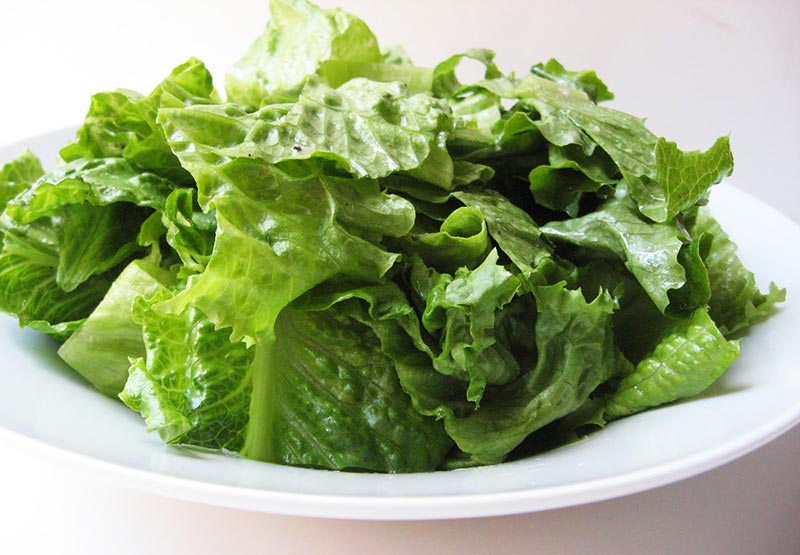
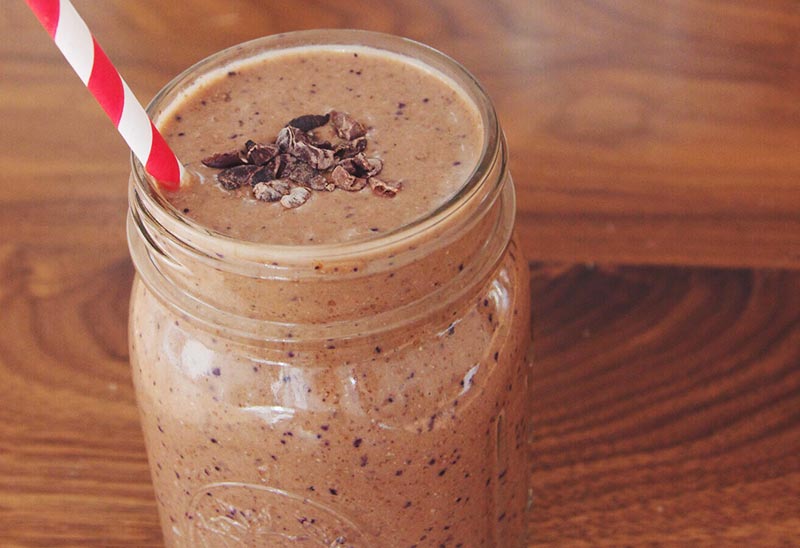
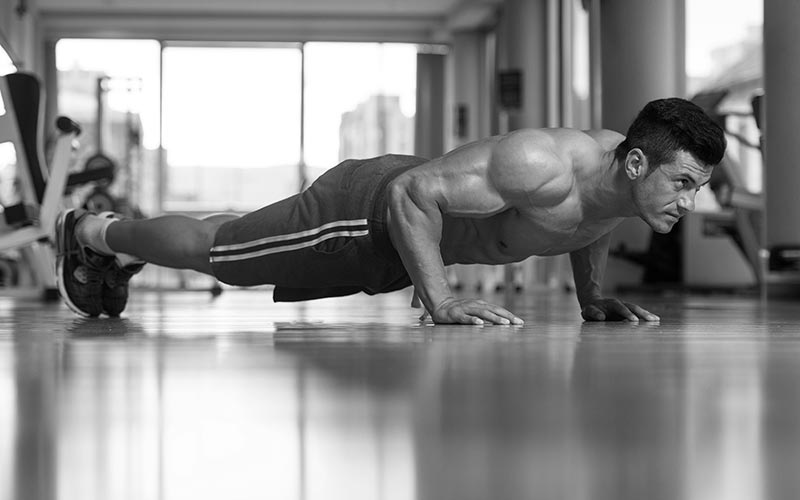

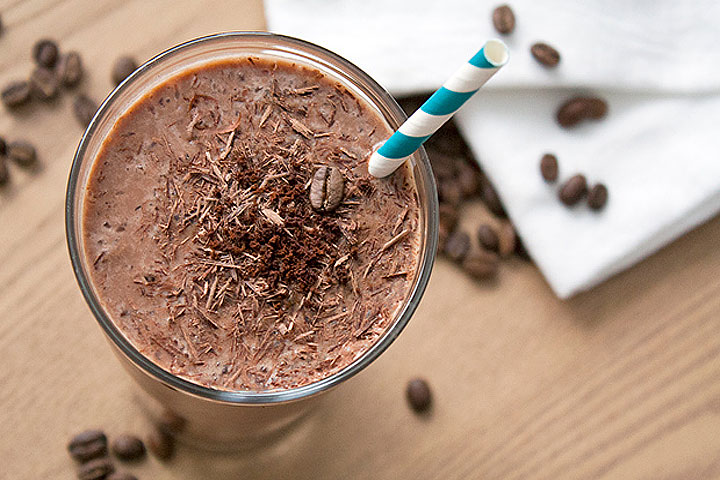


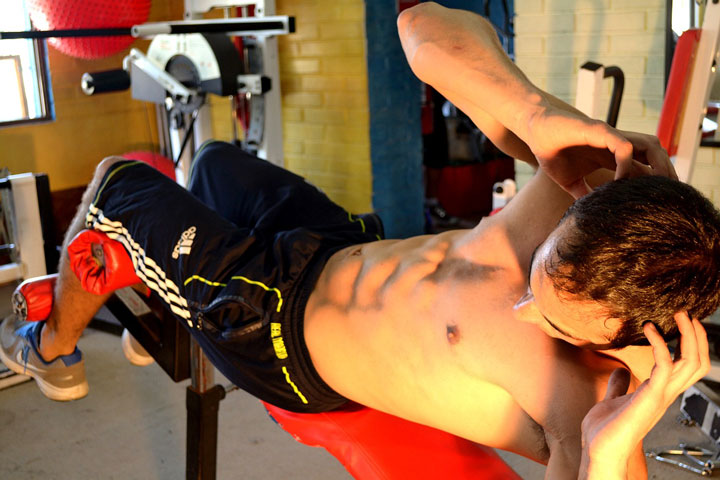


Leave a Reply